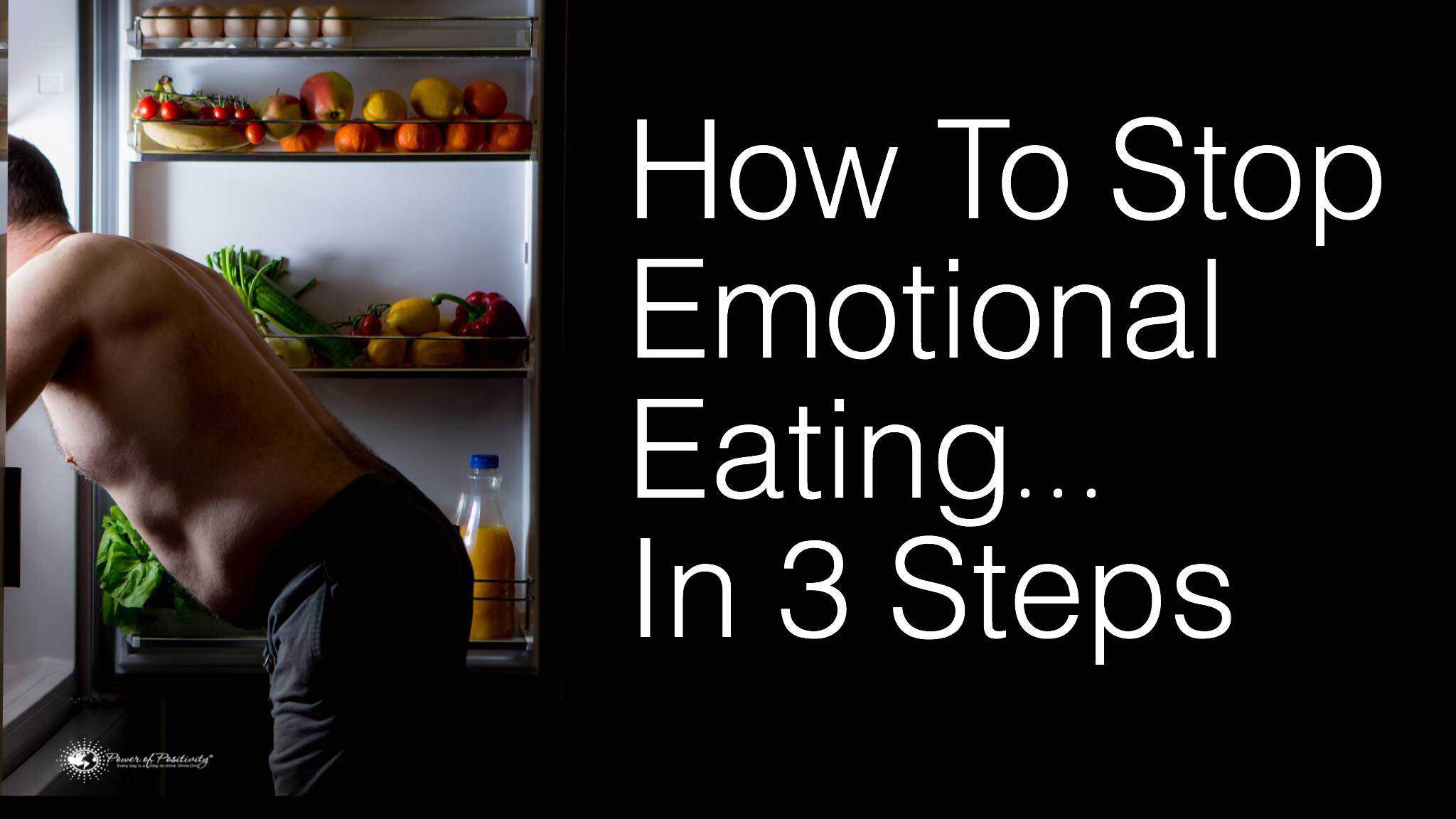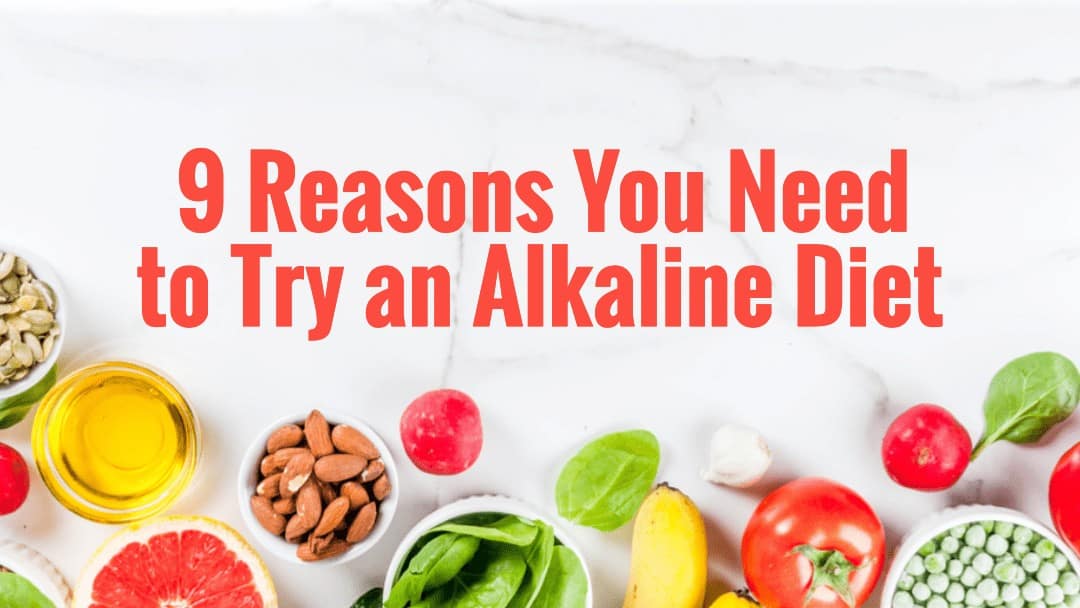Emotional eating feels like you’re filling a bottomless hole of what you think will make you feel better. The problem for most emotional eaters is that it is difficult to stop. When you feel low and you want to feel happy, emotional eating is an easy way to feel better quickly. Eating an Oreo cookie might make you feel happy, but eating the whole box will make you feel horrible.
The cycle of indulging your craving to feed your emotions, and then regretting the choice and feeling bad can then lead to emotional eating again. This up and down emotional eating roller coaster leads to weight gain. Weight gain is one major reason to work on controlling emotional eating. Unhealthy nutrition which can lead to diabetes, heart disease, inflammatory illnesses, and cancer risk is another good reason to avoid emotional eating.
Eating to manage negative emotions is not healthy. Ideally, when faced with stress that makes us feel angry/sad/afraid we would take a moment to calm ourselves and find a healthy way to change our emotional state to a positive one.
Why we like “comfort foods”
Dr. Brian Wansink, author of Mindless Eating; Why We Eat More Than We Think and director of Cornell University’s Food and Brand Lab says ‘The fact we like comfort foods is predictable, but it is also somewhat predictable which foods we will like, when and why we like them, and when all of it backfires. For starters, we found that men prefer meal-related comfort foods like steak, pasta, pizza, burgers because they make them feel special and well-taken care of. Women, on the other hand, don’t think of these as comfort foods. These foods reminded them of work – cooking and clean-up. Women much preferred the convenience of the snack foods, like cookies, chocolate, and ice cream. Eating ice cream from the container equals no cooking and no clean-up.’
Dr. Wansink and his team have conducted many experiments since 1997 when the Cornell Food and Brand Lab opened. In this research facility, scientists have created a fake restaurant where members of the public are invited to eat while researchers observe their eating habits.
Although the Cornell Food and Brand Lab has made many food-related discoveries, here are some key findings related to emotional eating during a sad movie:
- People eat more while watching sad movies, but they can eat more healthy foods by making healthy snacks available.
- When in a bad mood, focus on something other than the present to reduce consumption of indulgent foods.
- To make healthier food choices, do something to make you feel happy and positive.
- Women felt that they overate and were rushed through their meal when they ate with men due to the need to impress.
Here’s a 3-step process that can help end the process of emotional eating…
Once you know the trigger, then you can make a choice to take different actions in response to the stress.
1. Say ‘I can.’
Believing in yourself and your ability to accomplish anything you set your mind to is very empowering. Even if cravings have seemed irresistible in the past, by saying ‘I can resist those brownies’ we confirm our faith in ourselves.
The power of ‘I can’ is what enables people to finish triathlons at age 60 and it’s what helps many drop 100 or more pounds. Say ‘I can resist emotional eating’ when you feel the urge to indulge.
2. Celebrate your accomplishments, no matter how small.
If you were able to resist the jar of M&Ms at the office, congratulate yourself. Don’t celebrate by rewarding yourself with any food treats, unless it’s excellent nutrition, but praise yourself for making excellent choices.
3. Practice mindfulness.
Emotional eating is brought on by a trigger in your environment. Most likely, something stressful happened and you responded by wanting to self-medicate with food to increase your levels of serotonin.
Being able to recognize the trigger for the emotion is an important step to being aware of what prompts you to binge. Let’s say that every time your boss visits your desk during a day, you reach for candy. The boss coming to your desk is a stressful trigger.
10 Causes of Emotional Eating
1. Stress
Daily stress is a big contributor to emotional eating. Your work, home, family, and other responsibilities stretch you thin. It’s hard to get a break to relax. So, it’s tempting to indulge in something sweet or high-fat for comfort and a bit of relief.
2. Foods addictions
There’s a close relationship between emotional eating fueled by pleasure-seeking and food addictions. Studies found when patients ate what they considered delicious feel-good foods, their bodies released endorphins, causing them to feel happy. Researchers say that repeating this experience over and over leads to food addictions. It’s interesting that the same motivation to use drugs, seeking pleasure, also causes your brain to release endorphins.
3. Depression
Your mental health is a big part of your decisions on what to eat. Anxiety, depression, and even anger cause emotional eating. It’s easy to turn to unhealthy foods to feel better. If you think you’re eating because of a mental health issue, be sure to get help to deal with the root causes and get your body and mind back in shape.
4. Comfort
Who hasn’t eaten a bowl of ice cream for comfort? Although food is within your control, when you need some extra comfort, all your control goes out the window. Maybe you have a hard time coping with difficult situations. So, you turn to food for comfort. It makes everything feel better, at least for a while. Major life events can trigger certain feelings that make you feel a need to gain control and feel secure again. Feelings that can cause emotional eating, and desiring comfort include:
- Sadness
- Frustration
- Guilt
- Anger
- Fear
- Grief
5. Boredom
Sometimes your emotional eating is nothing more than feeling bored. According to one study, some people eat when they have nothing else to do. It’s a way to escape the monotony of their life. People who ate out of boredom say they couldn’t remember what they ate. These individuals also said they didn’t feel genuine hunger, but impulsively ate to fill their day.
6. Reward
Food is often used as an incentive to finish a difficult task, or as a reward when you do a good job. This is reinforced in childhood. Food is used to comfort or motivate kids to do things. As an adult, it’s easy to fall into the same habit of rewarding yourself with emotional eating. When you work hard, you want to go to a coffee shop and get a drink and a muffin as a reward for it.
7. You watch television
It’s suggested that people eat more when distracted. If you’re intensely watching your favorite show on TV, it’s easy to overeat and not even know it. Emotional eating is connected to television ads, too. These ads play on your emotions. They use nostalgic scenes of families eating together, and suddenly you want the food the television family is eating. That’s powerful persuasiveness.
8. A bad habit
Sometimes you create a bad habit that leads to emotional eating. If you eat three cookies with your mug of coffee every morning after you get to work, you’ve created a habit. It may seem harmless, but if you try to break the habit, you feel stressed. And weirdly, this can cause you to stress eat. Creating habits centered on food is never a good idea.

9. Peer pressure
Sometimes your friends or co-workers set you up for emotional eating. It’s easy to fall into a trap of making bad food choices when your coworker suggests getting food and drinks after work every day. Even if you don’t want to go out for drinks, you may give in, so you don’t appear like a bore to everyone else.
10. You feel tired
Feeling tired makes you emotional and hungry. It’s your body’s way of trying to increase your energy. Munching on food becomes mindless as you try to make up for your tiredness throughout the day. A good night’s sleep helps you avoid mindless emotional eating.
Common Foods People Crave During Bouts of Emotional Eating
Many people crave these foods during stressful times.
Chocolate
Chocolate is one of the most popular foods people crave when they’re emotional eating. Some people suggest chocolate cravings is your body craving magnesium, but this hasn’t been proven yet. If you think your chocolate craving is because you’re low in magnesium, snack on magnesium-rich foods such as:
- Edamame
- Peanuts
- Cashews
- Almonds
- Beans
- Spinach
Ice cream
That bowl of ice cream you ate just now might be a calcium craving. Of course, it might have nothing to do with a calcium deficiency. Scientists don’t have any proof either way. If you’re craving dairy, try to avoid high-fat dairy foods. Instead, choose calcium-rich foods such as
- Leafy greens
- Beans
- Milk
- Low-fat yogurt
Pasta
Cheesy, warm, and comforting, a bowl of pasta is a common food people crave during bouts of emotional eating. Craving carbs like pasta could mean your brain needs a little boost of serotonin. Carbohydrates increase your blood sugar, which gives you more energy. These foods also encourage the production of serotonin, which makes you feel happier. It’s no wonder carbs are many people’s go-to food craving.
Cookies and sweets
When you crave sweets like cookies during bouts of emotional eating, you want a mini-brain boost that sugar gives you. The glucose boost makes you feel better for a short time, but later you have a sugar crash when your blood sugar quickly goes down. If you’re craving sweets, try to eat some berries, such as:
- Raspberries
- Blueberries
- Strawberries
- Blackberries
The berries taste sweet, but they’re lower in sugar than most fruits. Plus, they’re healthy for you to snack on.
Potato chips
Salty and crunchy potato chips rank high on the list of common foods people crave during bouts of emotional eating. When you crave potato chips, you’re really craving salt. Salt cravings could indicate a health problem. So, talk to your doctor about them.

Final Thoughts on Breaking the Cycle of Emotional Eating
Emotional eating is a black hole. But remember, you’re not alone in your struggle to break the cycle of emotional eating. Many people have had emotional eating habits and found ways to break the cycle. Figuring out why you want to eat is your first step, then replacing the urge to eat with something else is next. You can break free from the emotional roller-coaster of emotional eating.





















